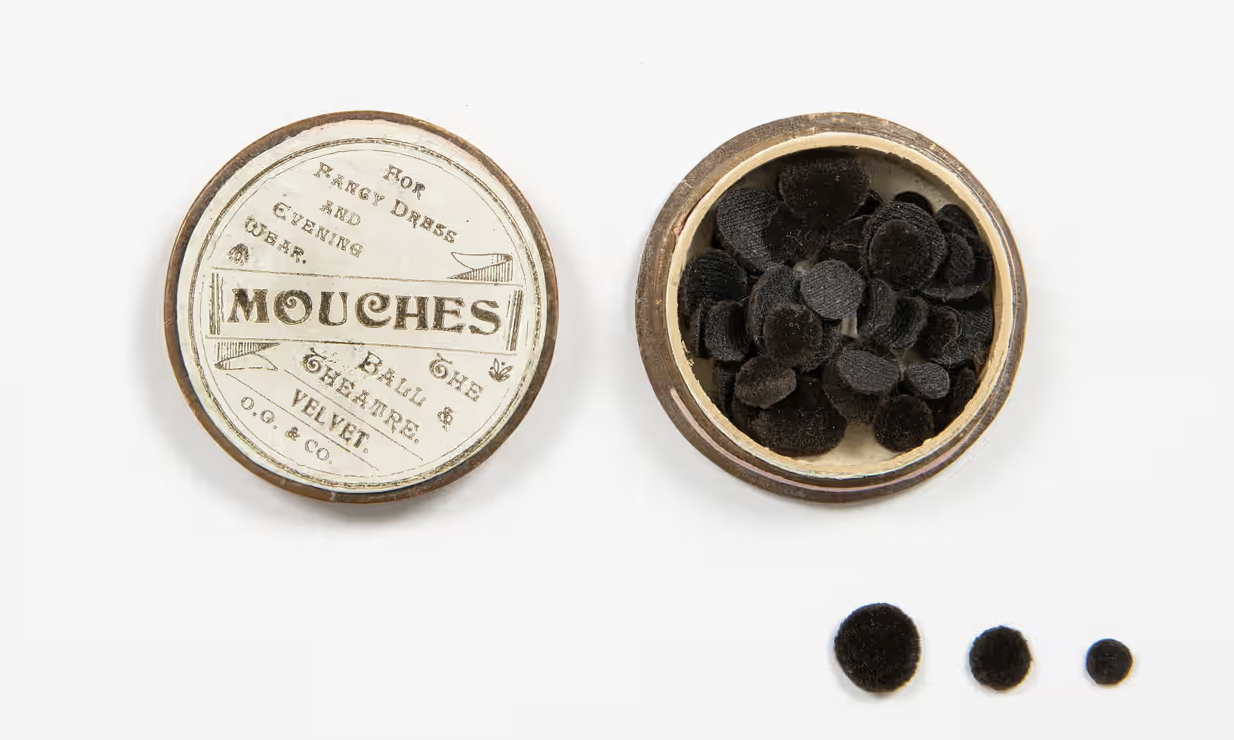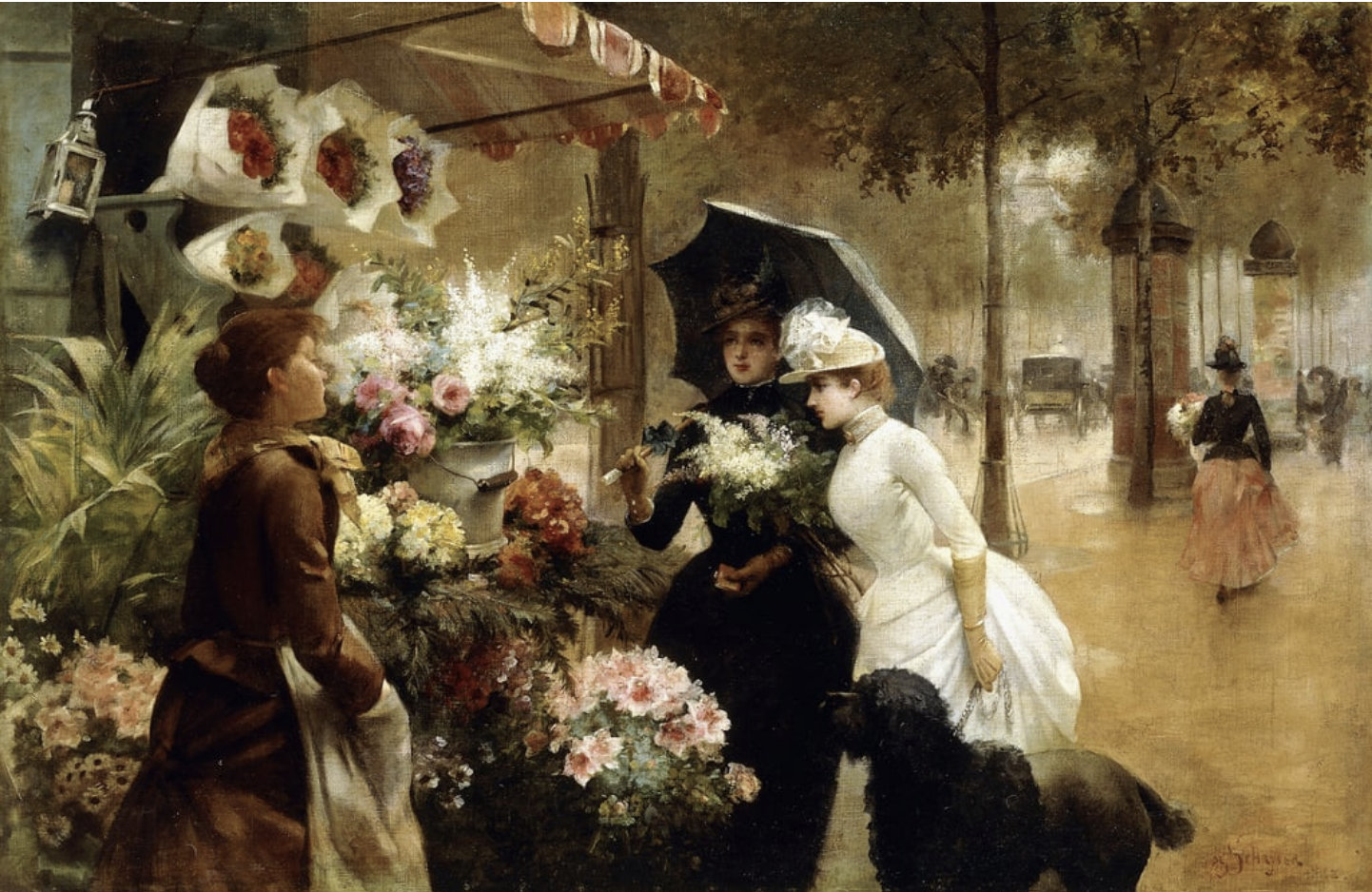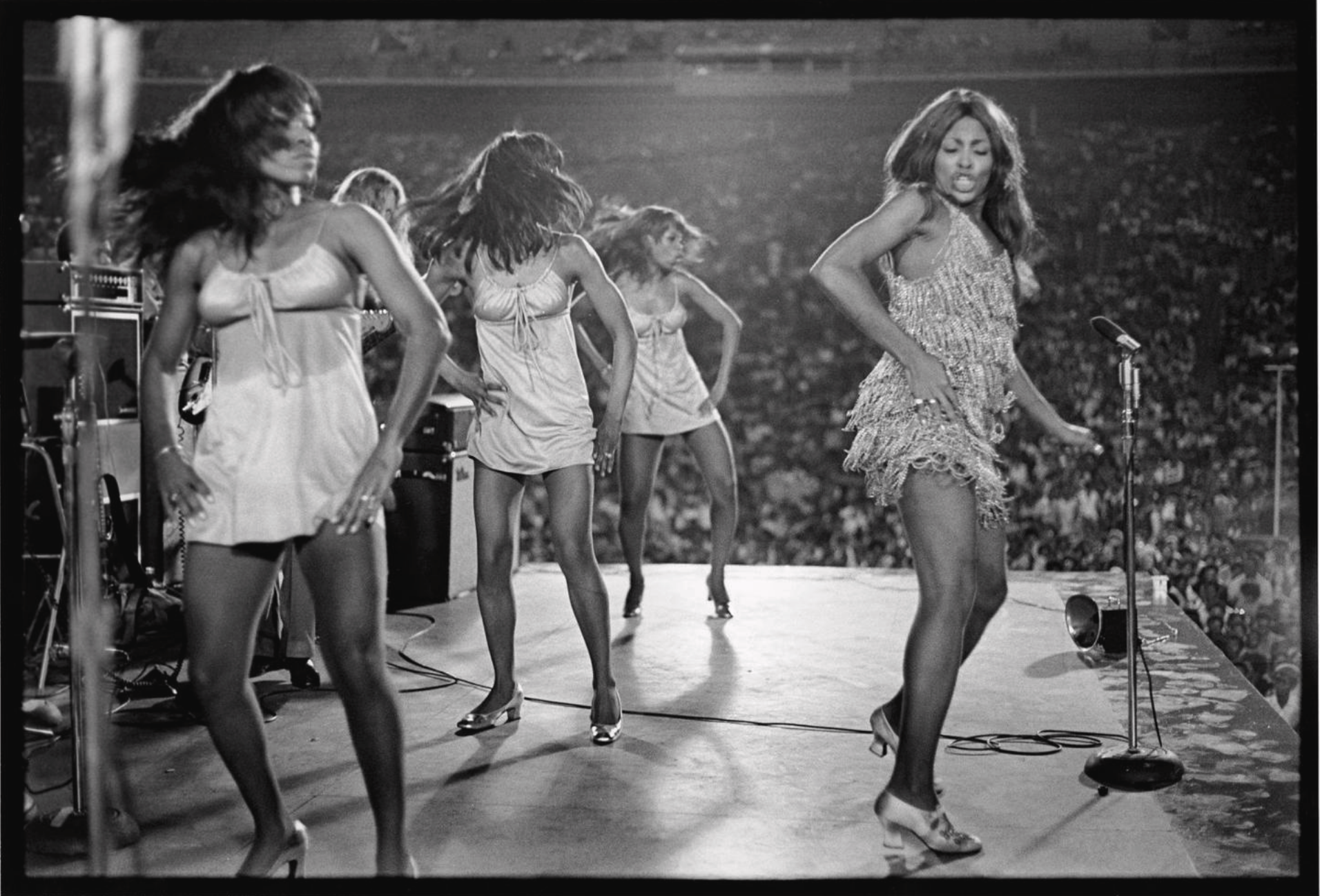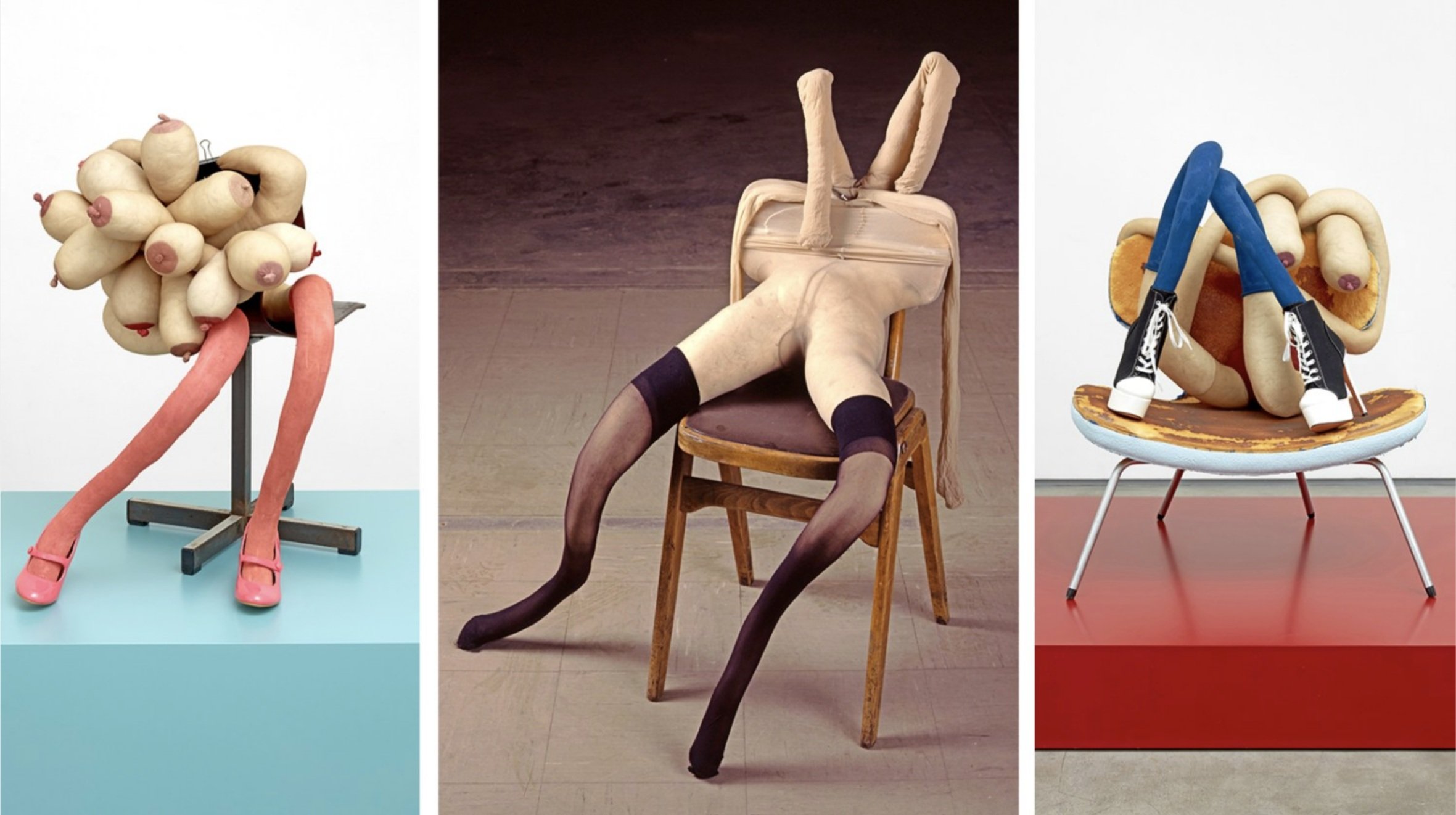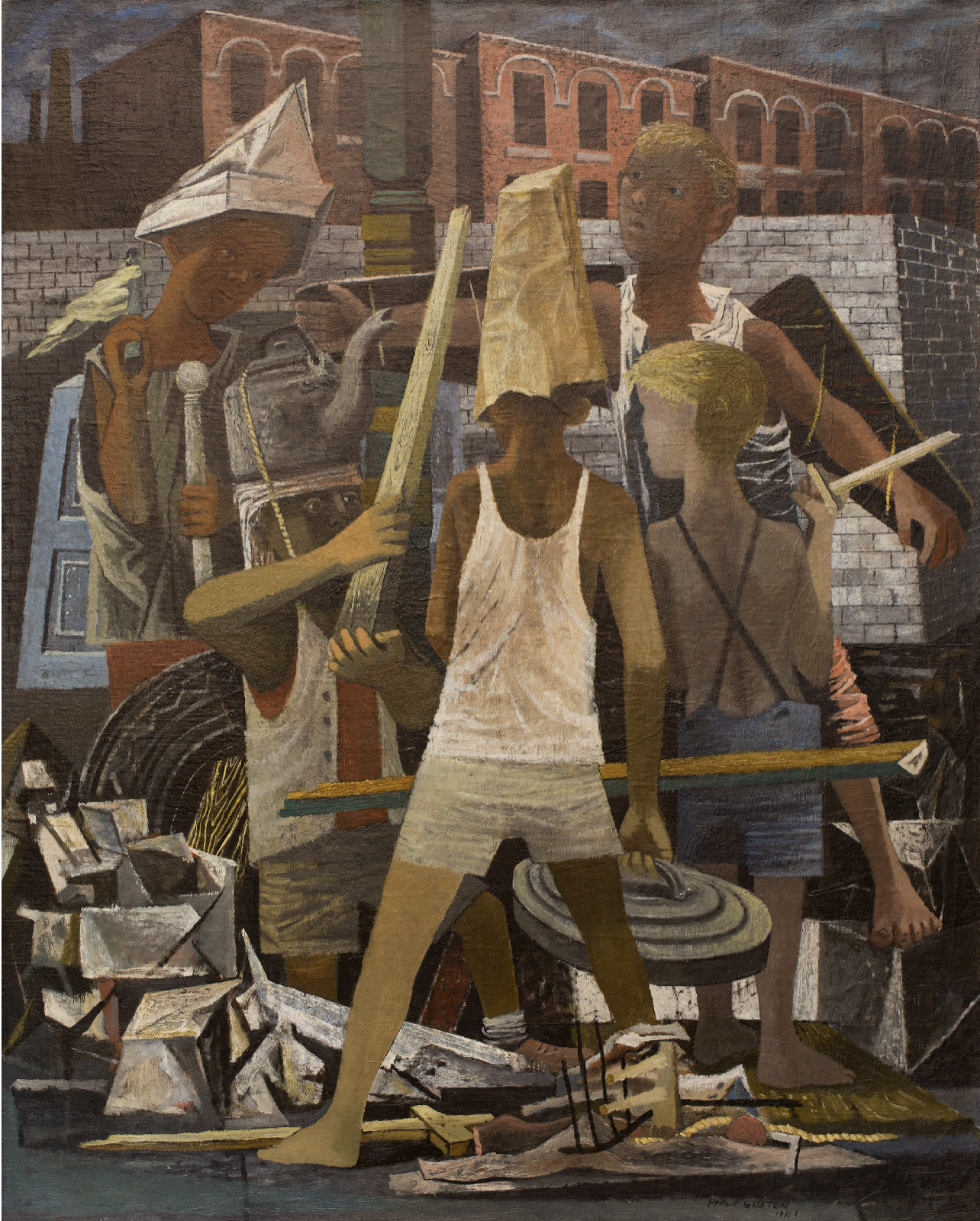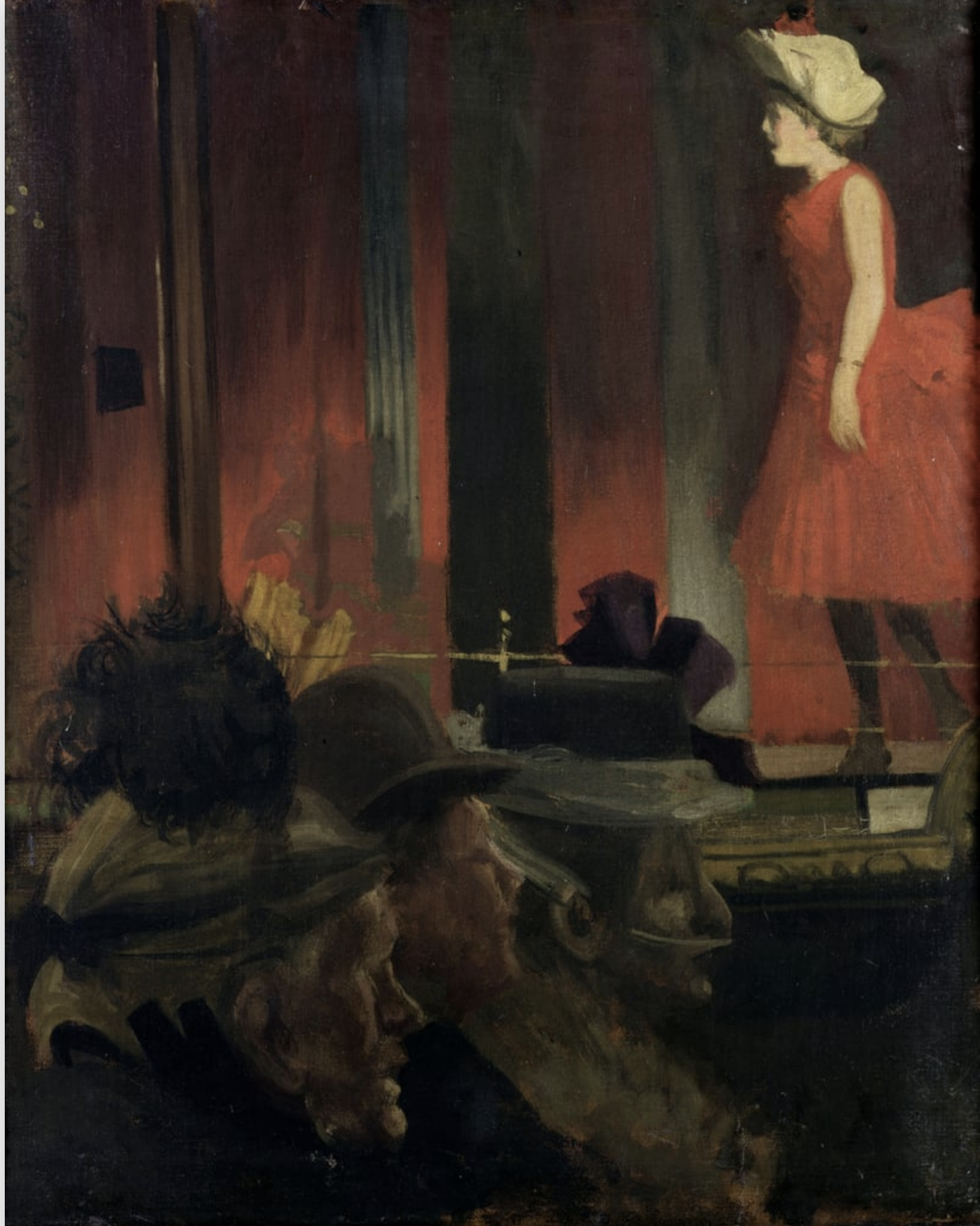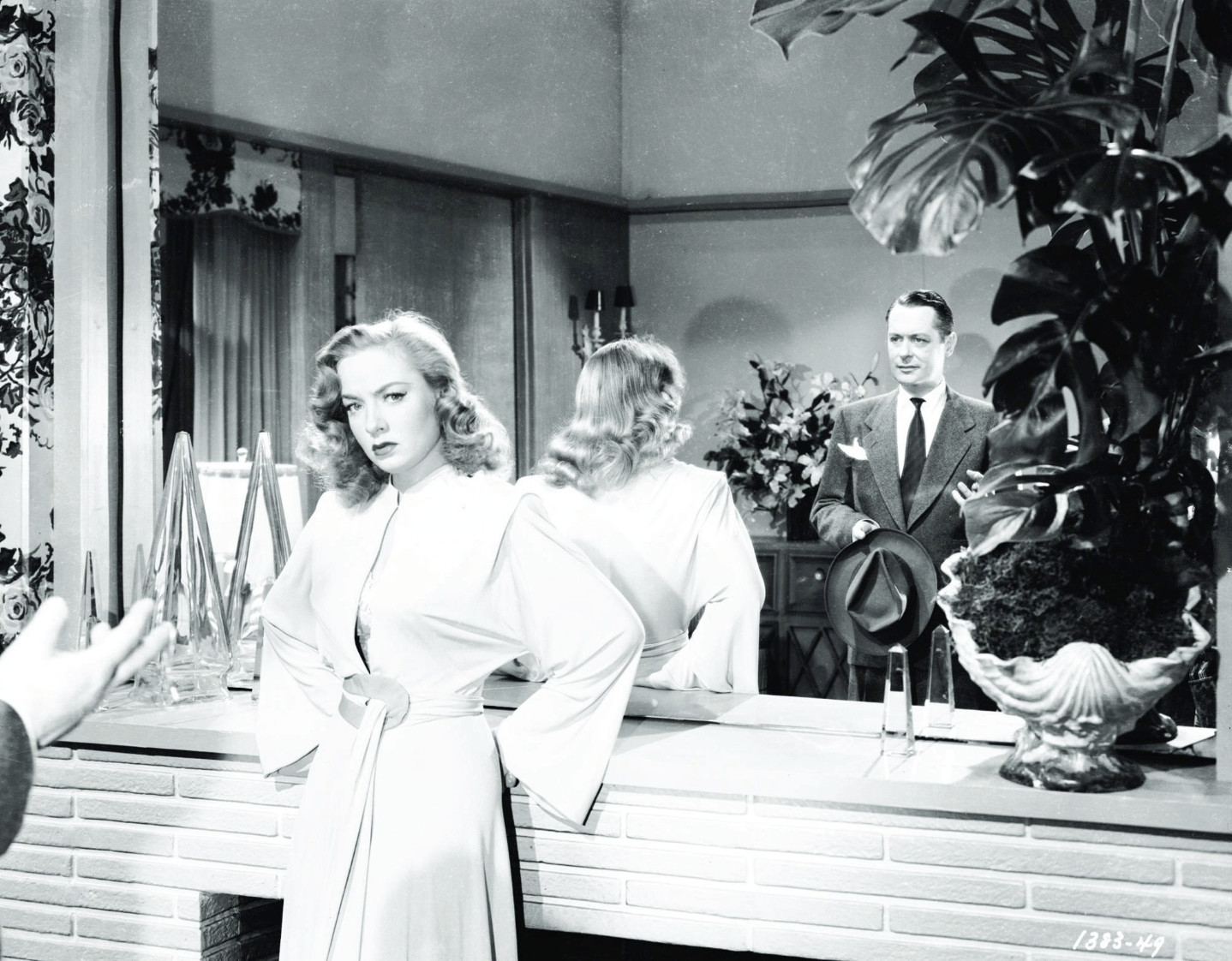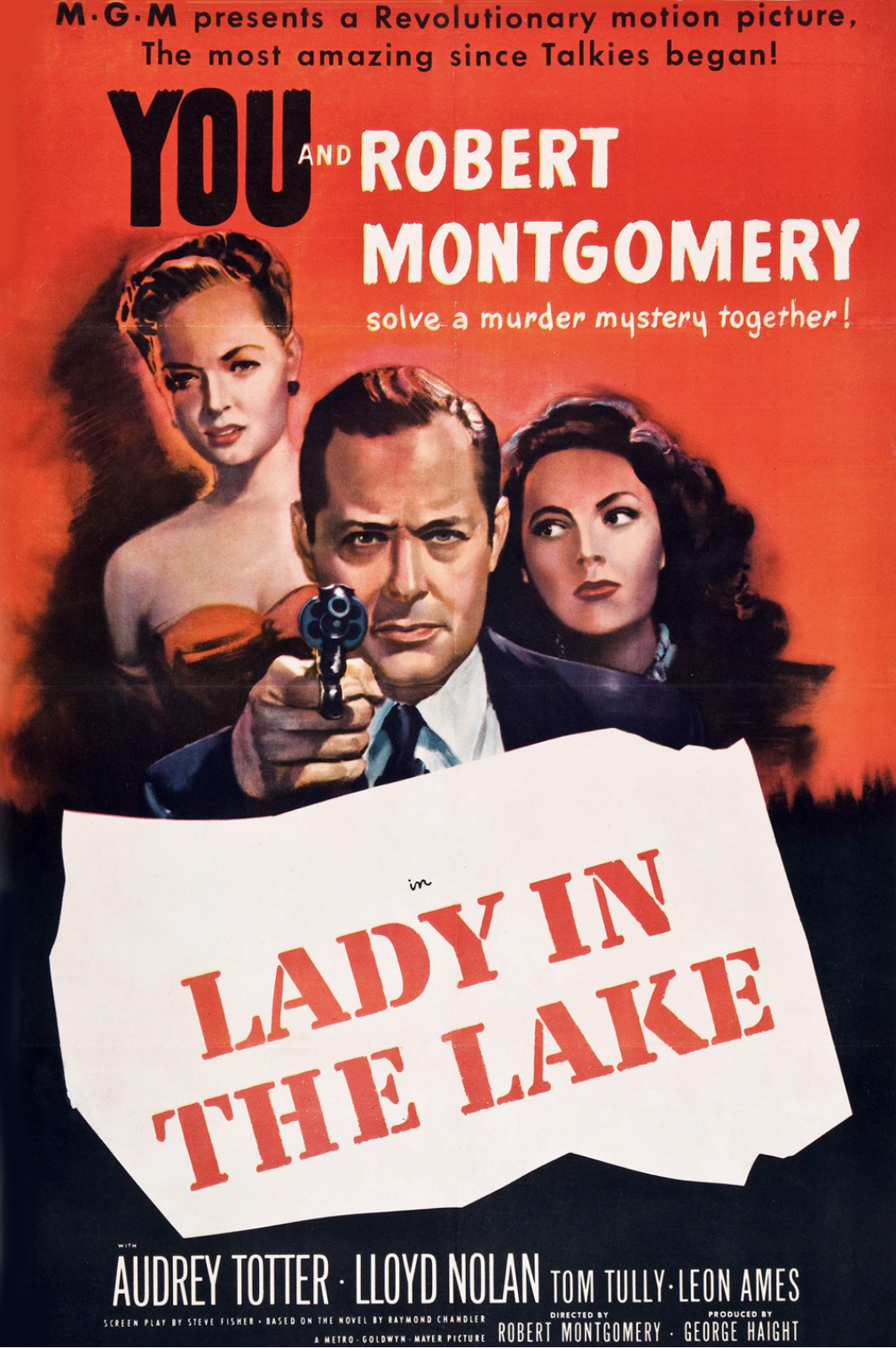The Beauty Industry: Manufacturing Identity, Desire and Disappointment
A bust of Queen Nefertiti of Ancient Egypt XVIII-th dynasty (14th century BC)
I recently visited a fascinating exhibition exploring the complex story of our relationship with beauty. (‘The Cult of Beauty’ is at the Wellcome Collection, London until 28 April 2024. And it’s free.)
'Everything has beauty, but not everyone sees it.’
Confucius
In ancient times beauty was equated with moral goodness, and throughout history physical looks were thought to reveal mental character. Philosophers endeavoured to define beauty, artists sought to express it and scientists tried to enhance it.
At the entrance to the exhibition you can marvel at a bust of Egyptian queen Nefertiti, with her perfectly symmetrical face, long neck and high cheekbones; her kohl eyeliner and elegantly arched eyebrows. Her name translates as ‘A Beautiful Woman Has Come.’
'It is amazing how complete is the delusion that beauty is goodness.'
Leo Tolstoy
Our relationship with beauty has always been complicated. Whilst celebrating physical attractiveness, society has at the same time censured its pursuit - the sin of vanity. In Greek mythology handsome Narcissus, rejecting all advances, fell in love with his own reflection in a pool of water. In the 17th century Saint Rose of Lima, concerned that her good looks distracted her from devotion to Christ, rubbed peppercorns into her face, causing it to blister.
Ideals of pulchritude were socially constructed and therefore mirrored the biases of prevailing politics and religion. Beauty was ascribed to the young, the wealthy, the conventional, the pale skinned. A 17th century print shows husbands taking their elderly wives to a windmill for grinding. 19th century photographs articulate colonial prejudices in catalogues of ethnic physical features.
‘Ideal beauty is ideal because it does not exist.’
Naomi Wolf
Egyptian stone slab with wells for cosmetic ointments, 1991–1786BC. © Wellcome Collection/ Science Museum Group
We may associate beauty with health. But many cosmetic products were created to address sickness and disease. Rhinoplasty was developed in the 15th century to help disfigured soldiers and syphilis victims. Beauty patches, or mouches, were fashionable in Europe in the 16th and 17th centuries to conceal syphilis scars. Powdered wigs became popular in Louis XIV’s time, as they covered lice and hair loss from syphilis.
'The problem with beauty is that it's like being born rich and getting poorer.’
Joan Collins
Similarly, we can examine curious cosmetic contraptions that were originally designed for non-beauty related purposes. Electrotherapy masks for wrinkles and sagging necks were first used to treat tuberculosis. Oxygen therapy began as a treatment for asthma. LED facemasks, nowadays employed for lines, wrinkles and blemishes, were engineered by Nasa to heal wounds in space.
'Beauty is only skin deep, but ugly goes clean to the bone.'
Dorothy Parker
Since beauty has always been a cultural currency, it has also been a source of wealth. Science and industry have consistently conspired to create products that purport to enhance appearance. The displays include ancient Egyptian powder compacts and Renaissance cosmetics; 17th and 18th century travel sets and toiletries; antique tweezers, pliers, fat rollers and face irons. There are cheek plumpers, breast pads, corsets (for men and women) and fake eyebrows. There’s a moustache bandage and a teacup with a beard protector. The objects can be both ludicrous and shocking.
A selection of 1920s fancy dress velvet beauty patches. © Fashion Museum Bath
In many countries women were prohibited from entering medical school, and so established themselves as apothecaries - experts in ointments, potions and pills. In the 20th century make-up entrepreneur Helena Rubenstein made sure she was always photographed in a lab coat.
'Beauty is not caused. It is.'
Emily Dickinson
Sometimes products were underpinned by approximate science, and came with their own health risks. Diane de Poitiers, a 16th-century French courtier, consumed drinkable gold (aurum potabile) to preserve her youth and allure. Subsequent scientific examination of her hair suggested that this practice killed her.
'Beauty is unbearable, drives us to despair, offering us for a minute the glimpse of an eternity that we should like to stretch out over the whole of time.'
Albert Camus
Society’s passion for beauty came hand-in-hand with a fascination with self-image. In ancient times people regarded their dim reflection in burnished bronze. It was only when, in the 14th century, mercury was put behind glass to create mirrors that one could see oneself clearly. Mirrors amplified our obsession with how we appear and magnified social pressures. It’s possible to trace a line from the looking glass to our modern addiction to selfies, surgery and tweakments - and attendant disorders, such as selfitis or Snapchat dismorphia.
‘I always think everyone's looking at me, but I only look at myself.’
Cleo, ‘Cleo de 5 a 7’ (1963, Agnes Varda)
Wellcome Foundation Archives. The Cult of Beauty, advertisement for Hazeline Snow, 1929
The journey through the exhibition can sometimes be a little depressing. Media and advertising have often reinforced narrow definitions and unattainable fictions. There’s a disconcerting Barbie doll scaled up to life-size. There’s a 1972 Miss World board game for children. We learn that in 2021 the global skin lightening industry was worth $9.96b.
'I am black and beautiful, O daughters of Jerusalem.'
Song of Solomon
It is nonetheless heartening to read that in the 1930s the celebrated performer Josephine Baker successfully marketed Bakerskin, a skin darkening product; to see Rihanna’s Fenty Beauty range with its 59 shades of matt foundation; and to discover numerous positive stories of self-expression, identity and community building.
'Beauty begins the moment you decide to be yourself.’
Coco Chanel
Miss Black & Beautiful Sybil McLean with Fellow Contestants - Raphael Albert, Hammersmith Palais, London 1972
RA Albert, courtesy of Autograph London
As we leave we are confronted with a quote from Toni Morrison, reminding us that - if we strip away all the unnatural obsessions, the unjust hierarchies, the commercial exploitation - beauty is fundamentally a rare and precious thing.
'I think of beauty as an absolute necessity. I don’t think it’s a privilege or an indulgence, it’s not even a quest. I think it’s almost like knowledge, which is to say, it’s what we were born for.'
’Pretty hurts.
We shine the light on whatever's worst.
Perfection is a disease of a nation.
Pretty hurts, pretty hurts.
Pretty hurts.
We shine the light on whatever's worst.
You're trying to fix something,
But you can't fix what you can't see.
It's the soul that needs a surgery.’
Beyonce, ‘Pretty Hurts’ (B Knowles / S Furler / J Coleman)
No. 451


